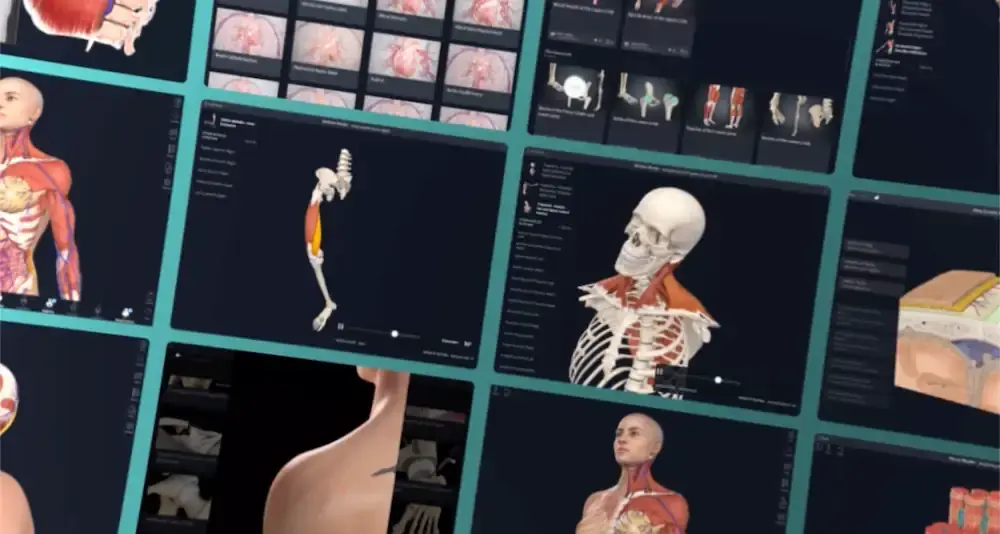
Description
The axial skeleton is one of the two parts that form the skeletal system, the other part being the appendicular skeleton. The joints of the axial skeleton are generally less mobile, and therefore more stable, than those of the appendicular skeleton.
The axial skeleton consists of the bones that form the skeletal framework of the central axis of the body. It consists of the:
- bones of the head;
- bones of the thoracic cage;
- vertebral column.
The axial skeleton provides stability, protects internal organs and provides articulation sites for the bones of the appendicular skeleton, where:
- the upper limbs articulate with the sternum at the sternoclavicular joints;
- the lower limbs articulate with the sacrum at the sacroiliac joints.
Learn more about this topic from other Elsevier products
Development of the axial skeleton: Video, Causes, & Meaning

Development of the axial skeleton: Symptoms, Causes, Videos & Quizzes | Learn Fast for Better Retention!




